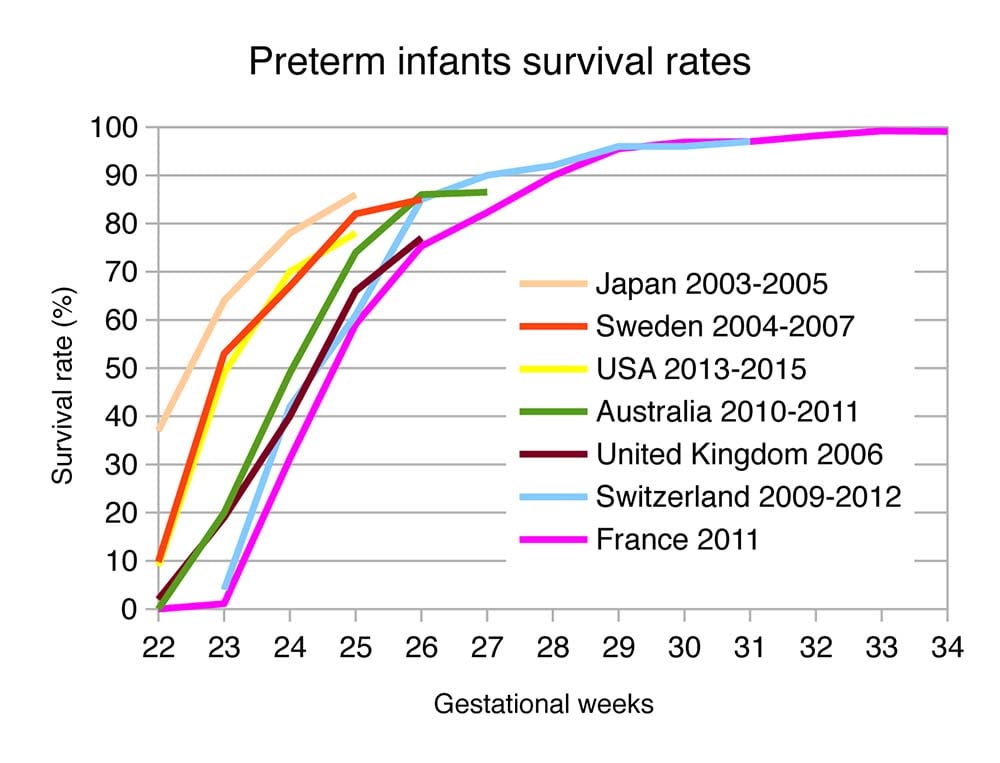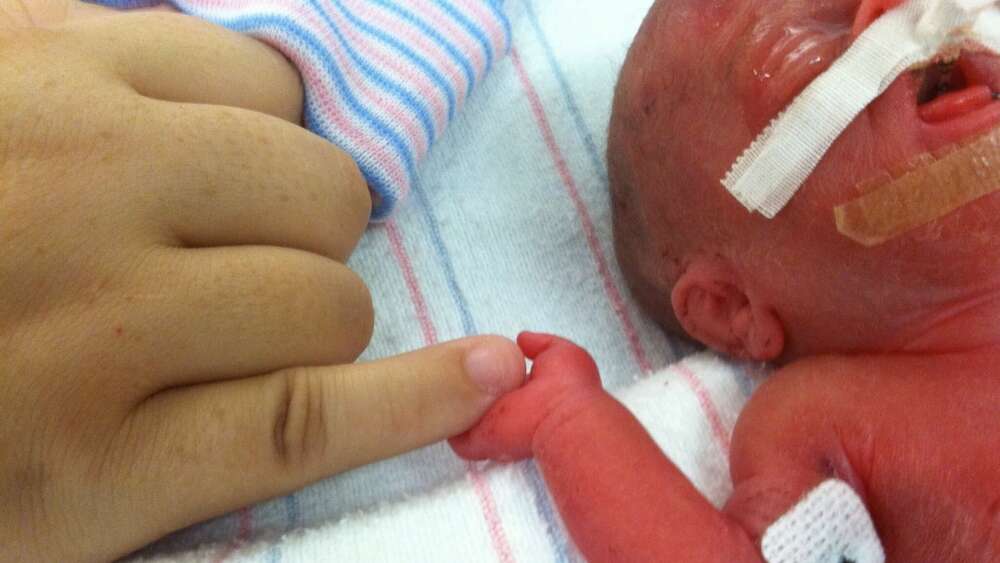The Guinness Book of World Records has a new entry – the most premature birth for a surviving child is now a gestational age of 21 weeks and two days.
Richard Scott William Hutchinson was born weighing 340 grams and given zero odds of survival, according to Guiness World Records.
On 5 June, 2021, Richard’s first birthday, he was acknowledged as record-holder of the World’s Most Premature Baby.
“‘When [parents] Rick and Beth received prenatal counselling on what to expect with a baby born so early, they were given a 0 per cent chance of survival by our neonatology team,’ said Dr Stacy Kern, Richard’s neonatologist at Children’s Minnesota hospital in Minneapolis, USA.
“‘I knew the first few weeks of Richard’s life would be very difficult, but I felt that if he could make it through that, he would be a survivor.'”
The premature birth record had previously stood for three-and-a-half decades, Guinness Word Records records. “James Elgin Gill was born to Brenda and James Gill … in Ottawa, Ontario, Canada, at a gestational age of 21 weeks five days, or 128 days premature, on 20 May, 1987.”
“More recently, reports indicate that this was matched by Frieda Mangold, who was born to Yvonne and John Mangold … in Fulda, Germany, on 7 November, 2010, at the same age.”
The gestational age at which a child is considered “viable” is controversial. “Human viability, defined as gestational age at which the chance of survival is 50 per cent, is currently approximately 23 to 24 weeks in developed countries,” according to this peer-reviewed article.
In Australia, the gestational age of a fetus affects the process for abortion. In New South Wales, for example: “After 22 weeks of pregnancy, abortions must occur in a hospital or approved health facility by a specialist medical practitioner who has consulted with another practitioner.”
Similar cut-offs apply in other states. In South Australia, 23 weeks is the cut-off; in Victoria, 24 weeks; Queensland, 22 weeks; Western Australia, 20 weeks. Tasmania allows abortion on request up to 16 weeks.

Preterm infants survival rates based on studies Source: https://en.wikipedia.org/wiki/Fetal_viability#/media/File:Preterm_infants_survival_rates.svg
In the US, the outcome of ‘Roe v Wade‘ defined the cut-off between the second and third trimester. This was later modified by ‘Planned Parenthood v Casey’ in 1992 to be ‘the age of viability’ – when a baby can survive outside the womb.
Richard Scott William Hutchinson’s new record is emblematic of the slow lowering of the age of viability in advanced economies. The abortion law in some Australian states is being left behind.
Email This Story
Why not send this to a friend?





